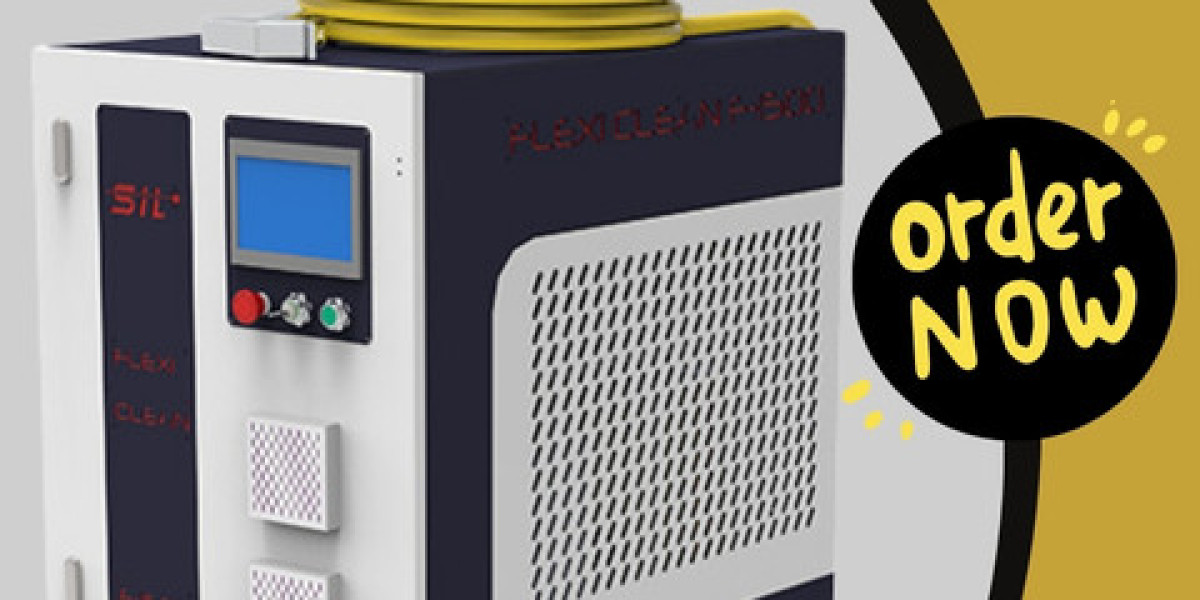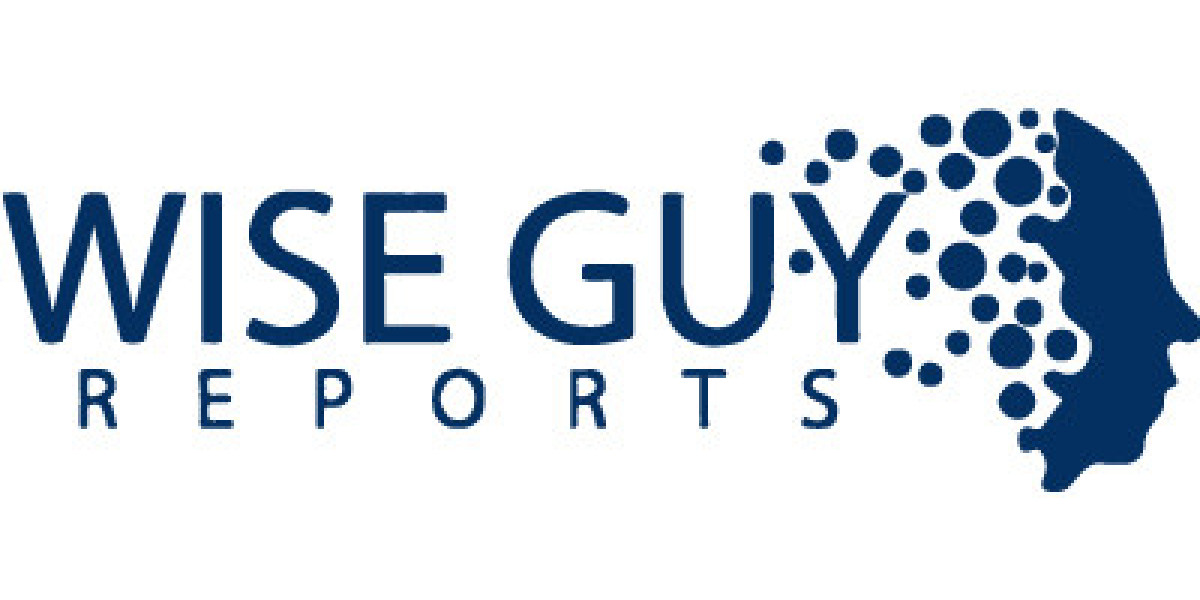In this context, the laser rust cleaner has emerged as a groundbreaking tool that reshapes the way industries approach rust removal and surface treatment.
The interest in laser cleaning technology has grown steadily, largely because it brings a non-contact and precise solution to an age-old problem. But what makes a laser rust cleaner so transformative in the world of metal restoration? To answer that, it’s important to explore the working principles, the industries adopting it, and the changes it creates in daily operations.
The Science Behind the Laser Rust Cleaner
At its core, the laser rust cleaner works by directing a concentrated beam of light onto the corroded metal surface. This beam generates enough energy to vaporize and remove contaminants such as rust, paint, or oxide layers without causing damage to the underlying metal. Unlike mechanical methods that scrape away material or chemical treatments that alter the surface chemically, the laser relies on controlled light energy.
This principle is grounded in photothermal and photomechanical effects. When the laser beam strikes the rust, it rapidly heats the layer, causing it to expand and break apart. The resulting debris is removed by a suction system or disperses harmlessly. Since rust and metal have different absorption properties, the laser can be fine-tuned to target corrosion specifically, leaving the substrate intact.
This precision marks a significant change in the field of metal surface treatment. It allows industries to preserve the structural integrity of valuable assets while removing unwanted layers with unmatched control.
Industries Where the Laser Rust Cleaner is Making an Impact
The adoption of a laser rust cleaner is not limited to one type of business. It stretches across multiple sectors where metal durability and cleanliness are crucial.
Automotive and Transportation
Vehicles, from cars to trains and ships, are constantly exposed to environments that promote rust. For automotive manufacturers and restorers, laser cleaning provides a precise way to prepare surfaces for welding, painting, or refurbishing. It reduces the downtime of vehicles and avoids damage that abrasive methods might cause.
Aerospace
In aerospace, even the smallest degree of surface damage can compromise safety. A laser rust cleaner ensures that rust and coatings are removed without altering the exact specifications of metal components. This makes it a trusted tool for maintenance teams who work under strict safety standards.
Oil, Gas, and Marine
Pipelines, drilling equipment, and marine vessels face continuous contact with moisture and corrosive environments. Rust prevention and removal are critical in this sector. The laser rust cleaner offers a practical way to maintain large metal structures with minimal environmental disruption.
Manufacturing and Tooling
Manufacturing relies heavily on metal molds, machines, and tools that must stay free from corrosion to maintain quality. A laser system helps in cleaning surfaces before production processes such as welding or coating, ensuring that the end products meet high standards.
Changing the Approach to Metal Maintenance
The introduction of the laser rust cleaner is changing how companies view maintenance strategies. Instead of planning extended downtime for abrasive cleaning or bearing the costs of chemicals, businesses now see laser cleaning as an integrated part of their workflow.
By reducing the manual labor and unpredictability associated with older cleaning techniques, industries can schedule maintenance with greater accuracy. The ability to automate or semi-automate the cleaning process adds another dimension of efficiency.
Environmental Considerations
Rust removal has historically come with environmental concerns. Chemical treatments leave behind toxic residues, while abrasive blasting often produces large amounts of dust and waste. The laser rust cleaner eliminates the need for chemicals and minimizes secondary waste. The process is dry, precise, and eco-friendly, aligning with global efforts toward sustainable industrial practices.
This eco-conscious profile is another reason why many organizations are transitioning to laser cleaning solutions.
Cost and Investment Perspective
While the upfront cost of a laser rust cleaner can be higher compared to traditional tools, the long-term perspective often shifts the balance. Fewer consumables, reduced waste handling, and lower labor requirements create savings over time. Additionally, the durability of laser equipment ensures that the investment pays off across multiple projects.
Businesses that once viewed rust removal as a recurring expense are now recognizing it as an investment in efficiency and sustainability.
Practical Applications in Daily Operations
Beyond large-scale industrial use, the laser rust cleaner is also finding its way into smaller workshops and specialized service providers. Metal artisans, restoration experts, and repair shops are discovering how laser cleaning allows them to achieve results that were previously too costly or complex.
Applications can range from restoring antique metal objects to cleaning delicate machinery parts. The adaptability of the technology makes it suitable for both small-scale precision tasks and heavy-duty industrial cleaning.
The Future of Surface Treatment with Laser Rust Cleaner
Looking ahead, the adoption of laser cleaning technology is likely to expand even further. As industries push toward automation and sustainability, the laser rust cleaner fits neatly into these goals. Research and development are continually improving the portability, efficiency, and affordability of these systems, making them accessible to an even wider audience.
Future versions of the technology may also integrate with robotics and AI-driven automation systems to create fully autonomous cleaning stations in factories and maintenance facilities. This would revolutionize not just how rust is removed, but how industrial assets are cared for on a broader scale.
Final Thoughts
The laser rust cleaner represents more than just another tool in the arsenal of industrial maintenance—it signals a shift in how businesses tackle corrosion and surface restoration. By combining precision, efficiency, and sustainability, it has set a new standard for cleaning practices across industries.
Where older methods struggled to balance effectiveness with safety and cost, the laser system has redefined expectations. It allows companies to preserve valuable equipment, reduce downtime, and work in harmony with environmental regulations.
For industries seeking long-term solutions to the persistent problem of rust, the laser rust cleaner stands as a clear answer—reshaping surface treatment not just for today, but for the future.



